6 Tips on Prepping Walls for Painting

by
Wet & Forget
(IC: professional)
Easy
Painting walls can be troubling when there are a great plural of wall flaws that will disrupt your painting. Luckily, there are a lot of quick fixes for wall issues that will get your surfaces even and ready for paint. We’ve collected a list of six common problems with walls that people run into when they go to paint or repaint a room and the solutions to these problems.
1.) Stained Walls
2.)Popped Nails in Walls
3.)Glue Spots on Walls
4.)Torn Paper on Walls
5.)Mark and Repair Hidden Flaws on Walls
6.)Holes in Walls
Enjoyed the project?
Published November 8th, 2016 10:00 AM



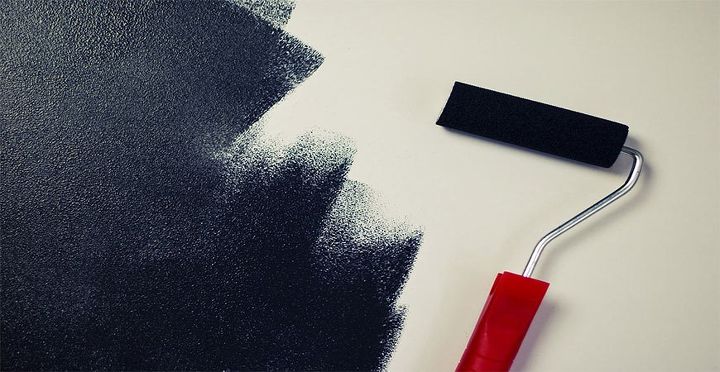





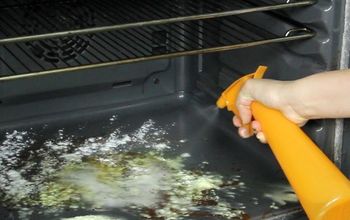
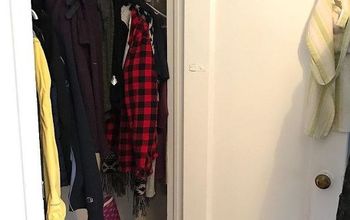



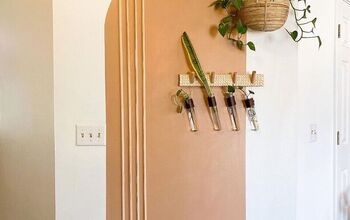

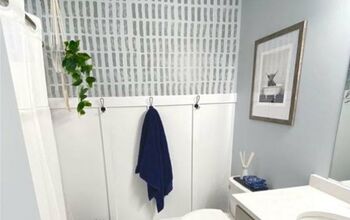
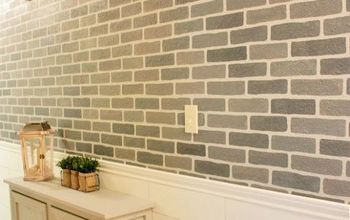
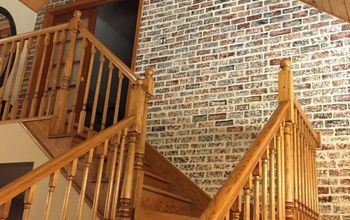
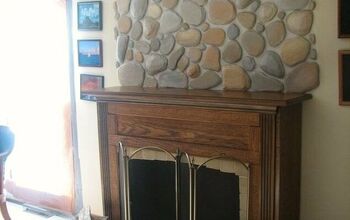

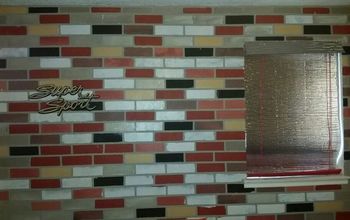
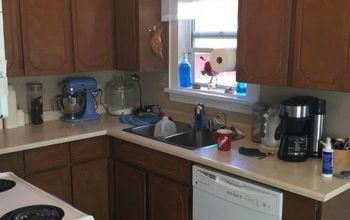
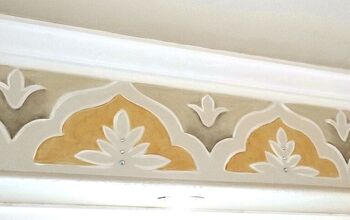

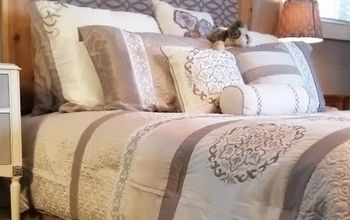


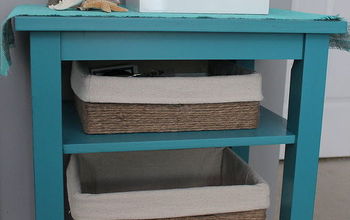


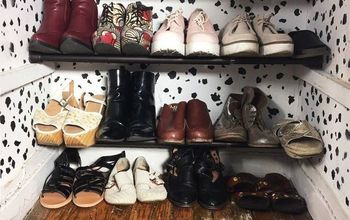
Frequently asked questions
Have a question about this project?